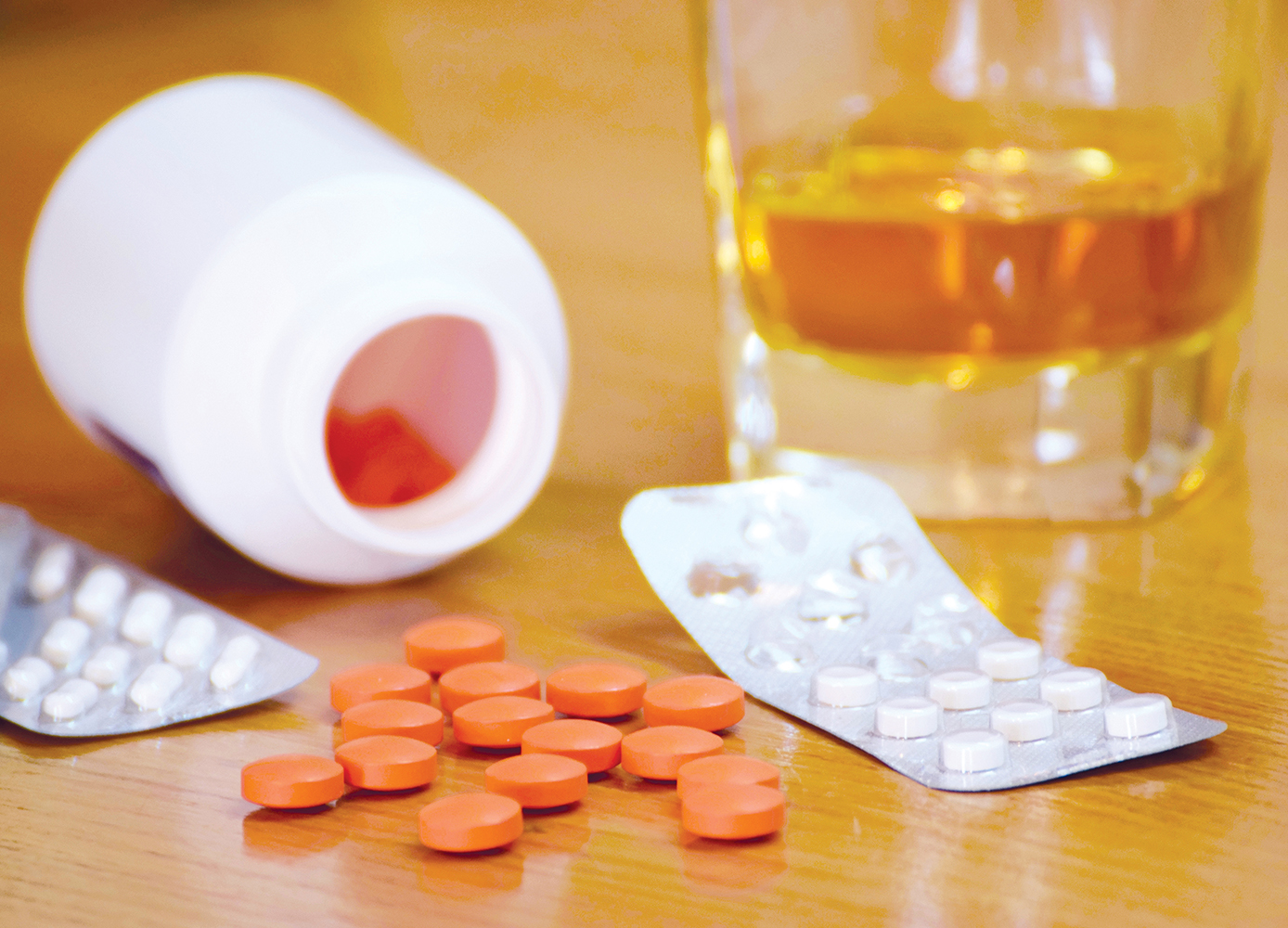

If ongoing acetylcysteine is required, continue at the rate of the second infusion (e.g. N-acetylcysteine (NAC) has four possible modes of action:Īcetylcysteine 200 mg/kg (maximum 22 g) in glucose 5% 500 mL (child 7 mL/kg up to 500 mL) or sodium chloride 0.9% 500 mL (child 7 mL/kg up to 500 mL) intravenously, over 4 hours.^Īcetylcysteine 100 mg/kg (maximum 11 g) in glucose 5% 1000 mL (child 14 mL/kg up to 1000 mL) or sodium chloride 0.9% 1000 mL (child 14 mL/kg up to 1000 mL) intravenously, over 16 hours.^*.Both these protocols are associated with a lower rate of severe reactions. This high rate of adverse reactions has led to increasing research and utilisation of alternative acetylcysteine regimens including the SNAP (12 h modified protocol) and the two-bag regimen (current recommended protocol in Australia and New Zealand).

The most common reactions to intravenous acetylcysteine are nausea, vomiting and cutaneous systemic hypersensitivity reactions. These include rash, nausea and vomiting, angioedema, flushing, tachycardia, bronchospasm, hypotension and death. The traditional three bag protocol is associated with a high rate of adverse reactions, ranging from mild to severe. It is almost completely protective against deaths secondary to paracetamol-induced liver injury when administered within 8 hours of ingestion. Traditionally acetylcysteine is given over a series of three infusions given over 20 hours. Acetylcysteine also supplies thiol groups, which can directly bind with NAPQI in hepatocytes and enhances non-toxic sulfate conjugation. Acetylcysteine is a cysteine precursor, it is hydrolysed intracellularly to cysteine, which replenishes glutathione. Glutathione is essential in the metabolism of NAPQI (toxic paracetamol metabolite. Its efficacy as a specific antidote for paracetamol poisoning relies mainly on its ability to stimulate glutathione synthesis. Guest Post – Dr Angela Chiew – Australian Clinical Toxicologist and Emergency Staff SpecialistĪcetylcysteine is the most widely used antidote for paracetamol poisoning.


 0 kommentar(er)
0 kommentar(er)
